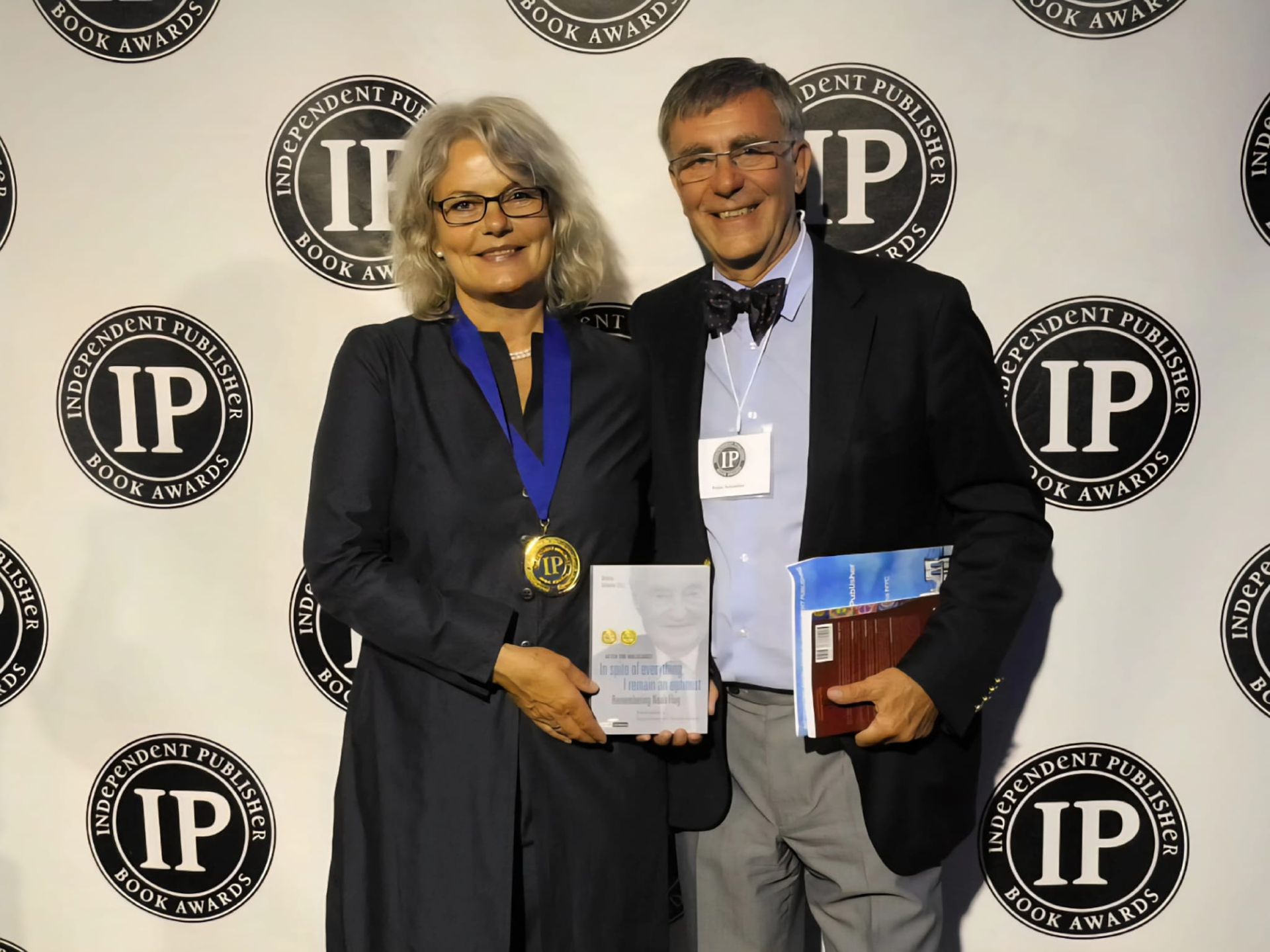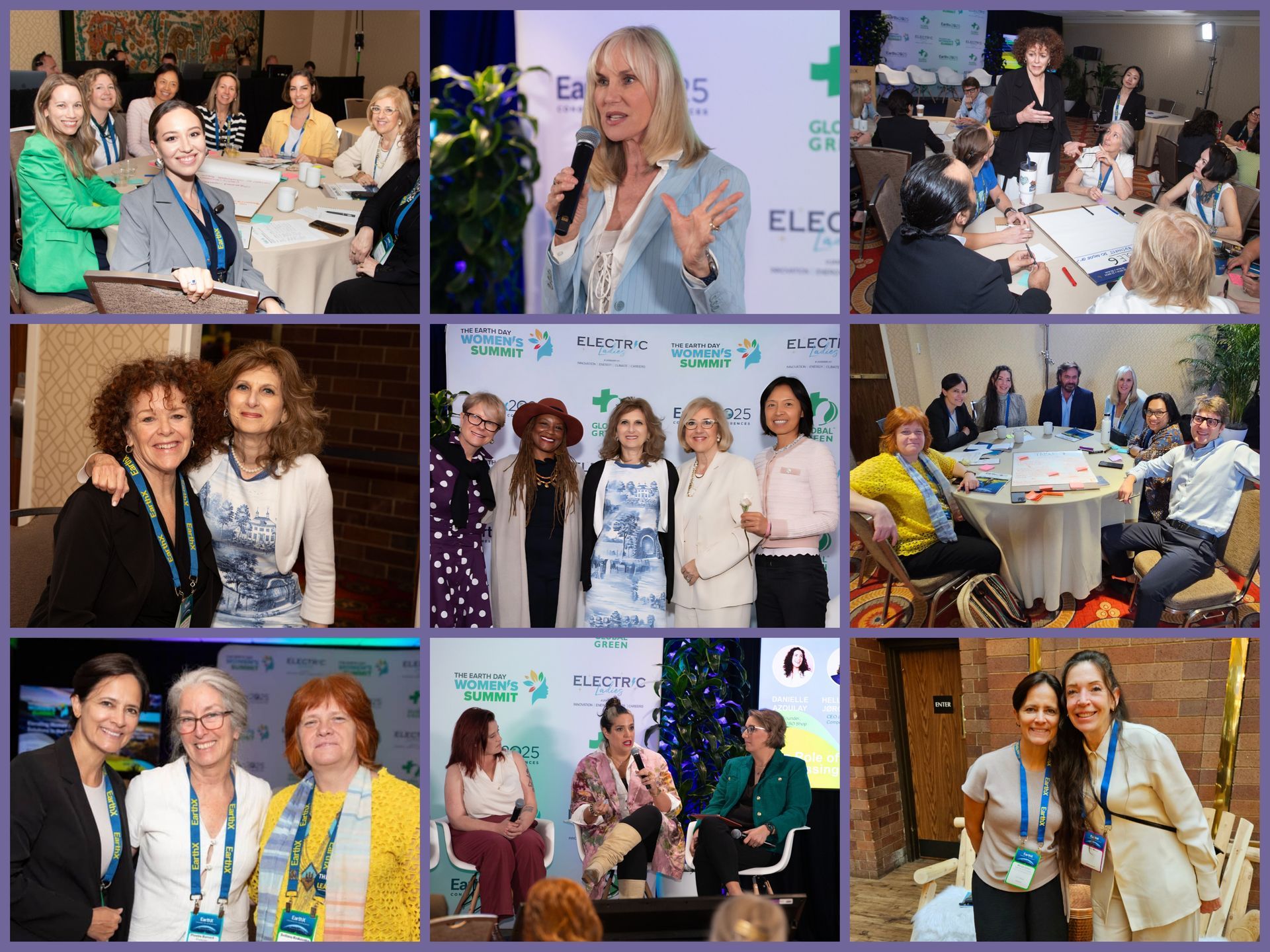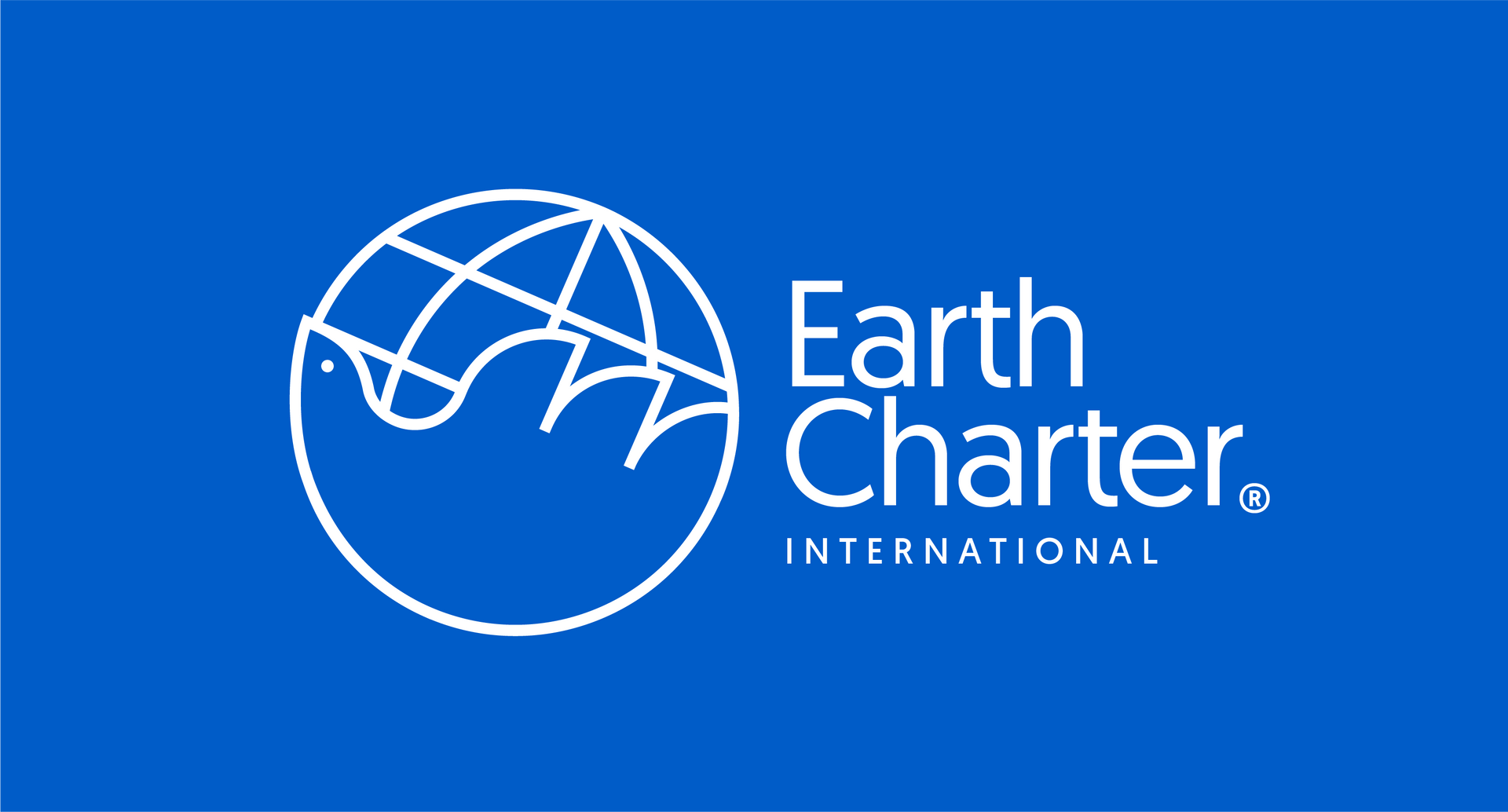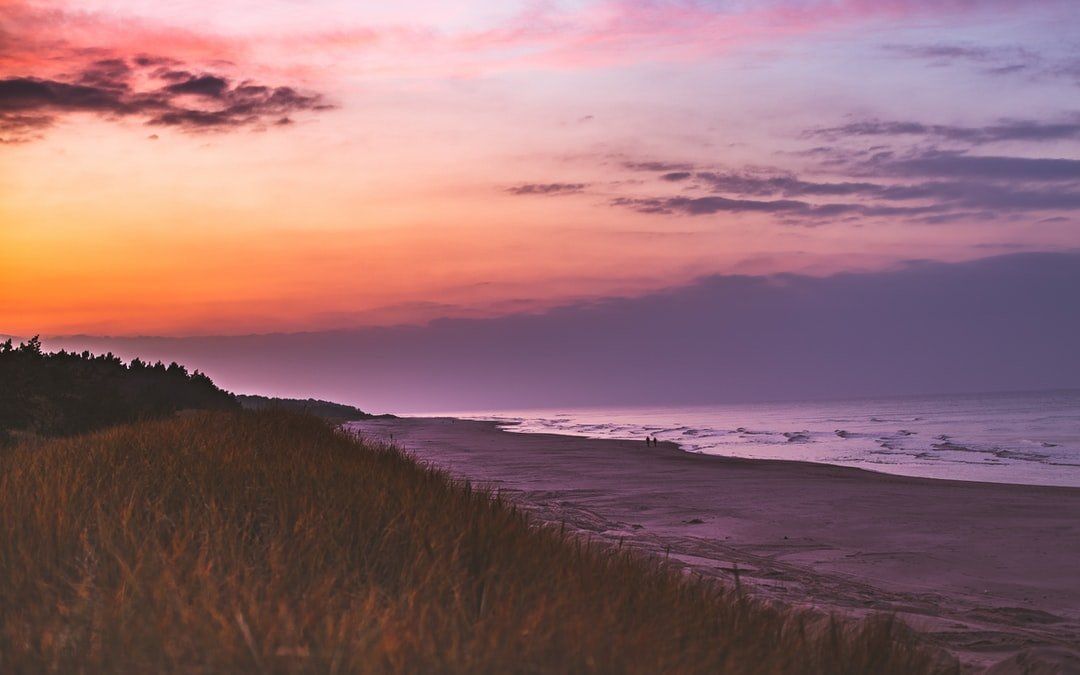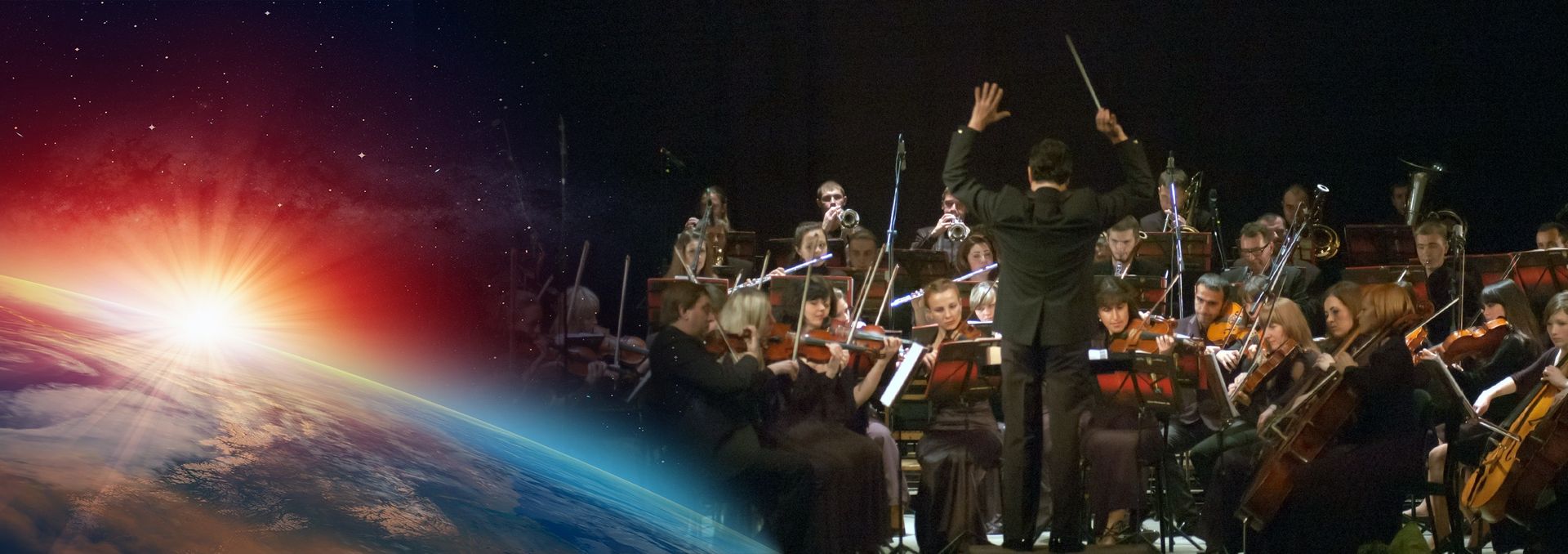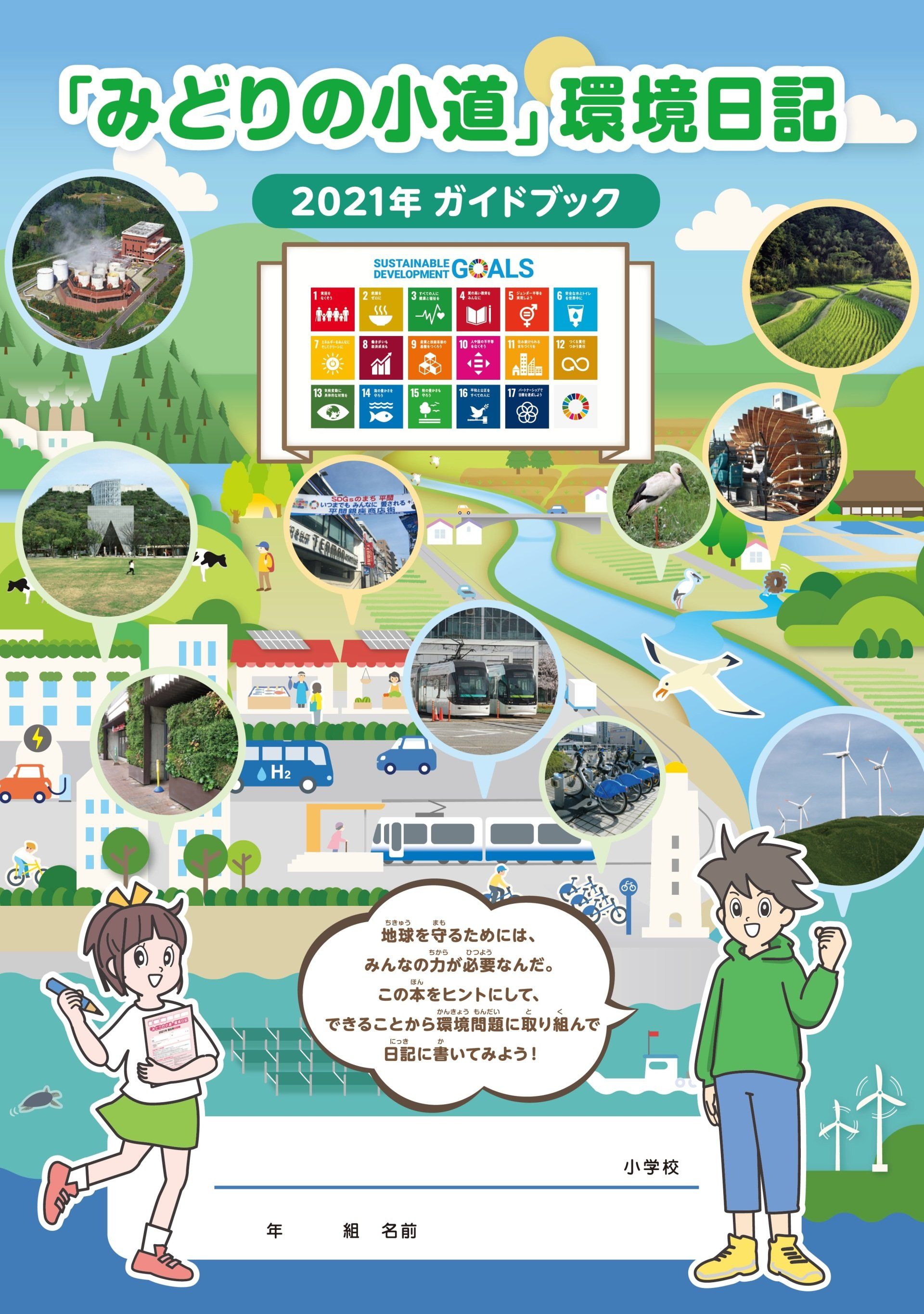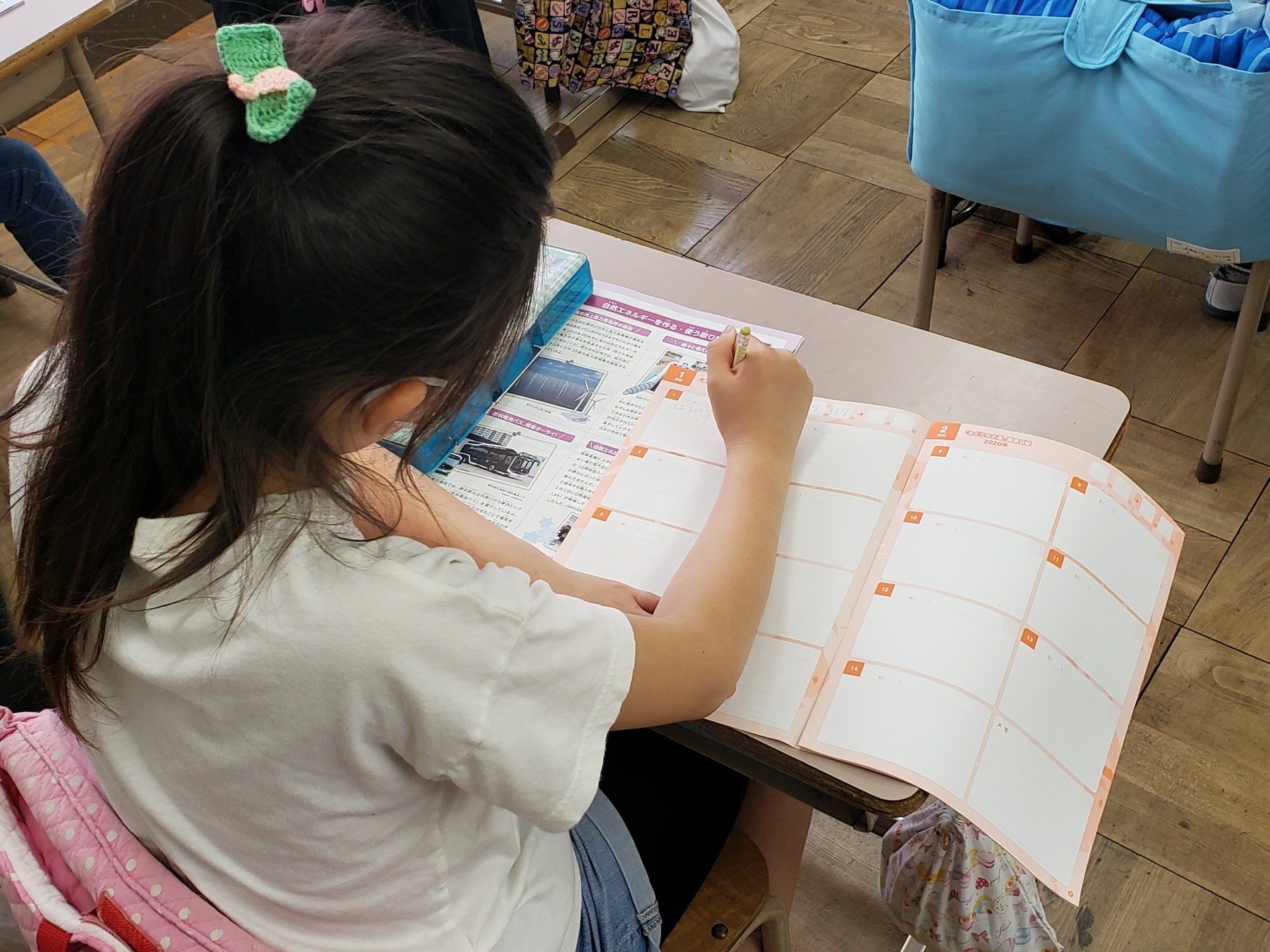Celebrating the Earth Charter in Åre, Sweden
GCI Office • September 18, 2017
Celebrating the Earth Charter in Åre, Sweden

Green Cross Ambassadors Ebbot Lundberg, Roger Pontare and Tiokasin Ghosthorse, will be celebrating the Earth Charter with musical performances (Sept. 22) and Green Cross Ambassador Laila Spik will speak on the Indigenous Sami knowledge of utilising nature as a source of medicine and nutrition (Sept. 23).
“It’s time to realize our purpose here on the planet. Do you want to be the problem or do you want to be the solution?” Earth Charter is calling for your arrival back to Mother Earth so welcome aboard!” – Ebbot Lundberg, Chairman Green Cross Sweden
The 4th Annual Åre Sustainability Summit is made possible by the Åre Municipality in cooperation with “Hushållningssällskapet”, or Sweden’s Agricultural Society. This Summit is a grassroots initiative and transboundary event in the Country of Jämtland that promotes sustainable innovations, enterprise and grassroots initiatives, as well as political action. The Summit will consist of lectures, discussion groups, meetings and networking between speakers and participants. It aims to spread knowledge, inspiration and hope as a springboard to motivate businesses and the public to move from words to action toward a more sustainable world.
The Earth Charter
Just as we have human rights for people, we have the Earth Charter for the Earth. Its purpose is to help us live in harmony with our planet. The Earth Charter declaration is an ethical framework for building a just, sustainable, and peaceful global society in the 21st century. It was in 1994 that Mikhail Gorbachev, the founding President of Green Cross International, and the late Maurice Strong, Chairman of the Earth Summit, began the work of bringing forth the Charter. With the support of their respective organisations and help from the government of the Netherlands, the work continued as a civil society initiative and became what was the most inclusive participatory process ever associated with the creation of an international declaration. With input from hundreds of thousands of people in over 50 countries, and after a 6-year worldwide consultation process (1994–2000), the Earth Charter was finally launched in 2000. Maurice Strong once said, “The Earth Charter is one of the most inclusive and holistic documents in existence with a guideline for all human activity.” The Earth Charter consists of 16 principles as well as sub-principles within the 4 pillars: I. Respect and Care for the Community of Life, II. Ecological Integrity, III. Social and Economic Justice, IV. Democracy, Nonviolence, and Peace.
Today in the year 2017 we are even more at a critical point in human history, where every individual, local community and world government must awaken. Today, the Earth Charter is a global movement, a vision of hope and a call to action. It is endorsed by over 6’000 organisations, including many governments and international organisations. Mikhail Gorbachev expressed “My hope is that the Earth Charter will provide a guiding light for human behaviour towards the environment in the next century.” The Earth Charter is significant today — just as Indigenous philosophy — as it is holistic and applies to all human activity, living in peace with the Earth.
How Åre signed the Earth Charter
The history of how Åre became the first municipality in Sweden to sign the Charter begins when Native American Chief Oren Lyons, Onondaga Council of Chiefs, Six Nations Iroquois Confederacy, started visiting the land of Sápmi at the beginning of the new millennium.
Chief Oren Lyons speaking at the Earth Charter in Action conference, in Åre, 2006. Photo: Magnus Dahlin
Working with Green Cross Sweden, delegation trips were arranged and meetings were held with all kinds of people in the region, with the purpose of having a cultural exchange and finding allies for the Earth. In the North, the Chief met representatives of Sami villages, local administrations, businesses and NGOs, all motivated by the call for sustainable development and a deeper commitment to the planet. As a result of Chief Lyons’ many travels, on December 2nd, 2002, Åre became the first municipality in Sweden to adopt the Earth Charter declaration into their environmental governance policy, along with other strategies such as Agenda 21. Benckt Aspman, the former environmental strategist for the Åre Municipality said, “The main incentive in adopting the Earth Charter was that is was a way for local governments to unify long-term development in the areas of economic, ecological and social sustainability.”
Jan Danielson, the late Chairman of Green Cross Sweden, environmental journalist and former host for Swedish television’s nature program “Mitt-I Naturen”, was also an influential voice in Sweden to promote “the People’s Earth Charter”. Other grassroots initiatives that grew in the Jämtland region to promote the declaration were from local NGO groups, as well as the United Nations Association of Sweden in Åre, where the women’s group led by Margareta Österberg was active.
Living examples of the Earth Charter
In a day and age when our world can benefit from positive news and good examples, Sweden and the valley of Åre may be a good role model for sustainable development. The region was one of the first to start recycling and begin sorting waste in rural communities. Like many Swedish municipalities, Åre is working to become fossil free, climate-smart and energy efficient. It supports internal programs that encourage the reduction of transport emissions. Additionally, the municipality has begun focusing on “green” transportation through various initiatives. Together, Jämtkraft AB and the towns of Östersund, Trondheim and Sundsvall, promote the use of electric non-fossil fuel vehicles with the “Green Highway”, a transport corridor with recharge stations for automobiles and trains from Sundsvall to Trondheim. In an attempt to reduce overall traffic levels, there is also an initiative allowing cost-free travel for children and youth on busses. A better infrastructure in developing information and communications technology for virtual meetings was created as well. “Sustainable destination development” became a term used in the region after Helena Lindahl, with the Business and Commerce of Åre Municipality, began a project to create sustainable tourist destinations. Working with the Natural Step and local tourist organisations, the project worked to assist businesses and local administrations to structurally lighten their environmental footprint and encourage innovation. Åre implemented the Sustainable Tourist Destinations program together with the other regions of Bohuslän, Kiruna, Stockholm’s Archipelago and Vimmerby in Sweden.
Åre is a touristic region that has one of Sweden’s largest and most popular ski resorts in the Nordic countries. Tourism in Åre dates back to when the founding of the ski resort 108 years ago (in the 1800s), with its mountaintop “Åreskutan”, and its vast and breathtaking mountain valleys. Guests come for the therapy spas and to breathe fresh air. Today, the municipality has invested in establishing nature paths for hiking, as well providing public information on the environment.
In Sweden
Green Cross has inspired companies like Plantagon and the Natural Academy Learning Lab, who are among the first in Sweden to adopt the Earth Charter in the Articles of Association for their companies. Göran Gennvi, CEO of the leadership consultancy company, Nature Academy, is one of the many that has been inspired by the Earth Charter. His motto is “nature is my classroom and teacher.” According to Gennvi, “It is possible to run business based on an ethical framework where environmental protection, human rights, social and economic justice and peace go hand in hand.” Plantagon is another company and non-profit organization working with innovative technical solutions and architecture, which has put the Earth Charter into their Articles of Association, along with the UN Global Compact.
Chief Oren Lyons visiting Sápmi and speaking with Lars Pittja and Olof T. Johansson. Photo: Tonia Moya
One of the goals of the Åre Municipality is to have a good relationship with the Sami people. The Åre Valley is a part of Sápmi, the land of the Sami people who have lived there for at least a thousand years. During Chief Oren Lyons’ many visits with the Sami people, many stories and the history of their peoples were exchanged, and it was evident that both the Native Americans and Sami have a lot of things in common. They share the complicated challenges of maintaining their ways of life; of land rights; a history of exploitation; and their tremendous knowledge and wisdom of the natural world.
For the rest of us, the Indigenous philosophy of living close to the Earth and in tune with nature is the lesson and challenge of our time. We must listen to the Indigenous people of our world who can help us build a sustainable future at this critical time in Earth’s history. Our survival as the human race may depend on it.
The Earth Charter is a good place to start.
When reflecting on the global security crisis and the need to take action, it is also important to understand that the very root of the crisis, from climate change and the destruction of our Mother Earth, lies within the heart of Man. We can call it consciousness. This is where the healing and change must come. We must work together over international and ideological borders, and conflicts. This heart and consciousness of humanity is something we cannot see or touch, however it is the root for all human activity. The Earth Charter is something tangible, structured and a strategic instrument with ethical guidelines that can empower humanity at the crossroads, on our inner journey of awakening, transformation and healing.
— Tonia Moya,
Executive Director
Green Cross Sweden
Join us at the Earth Charter Celebration at the Åre Sustainability Summit!
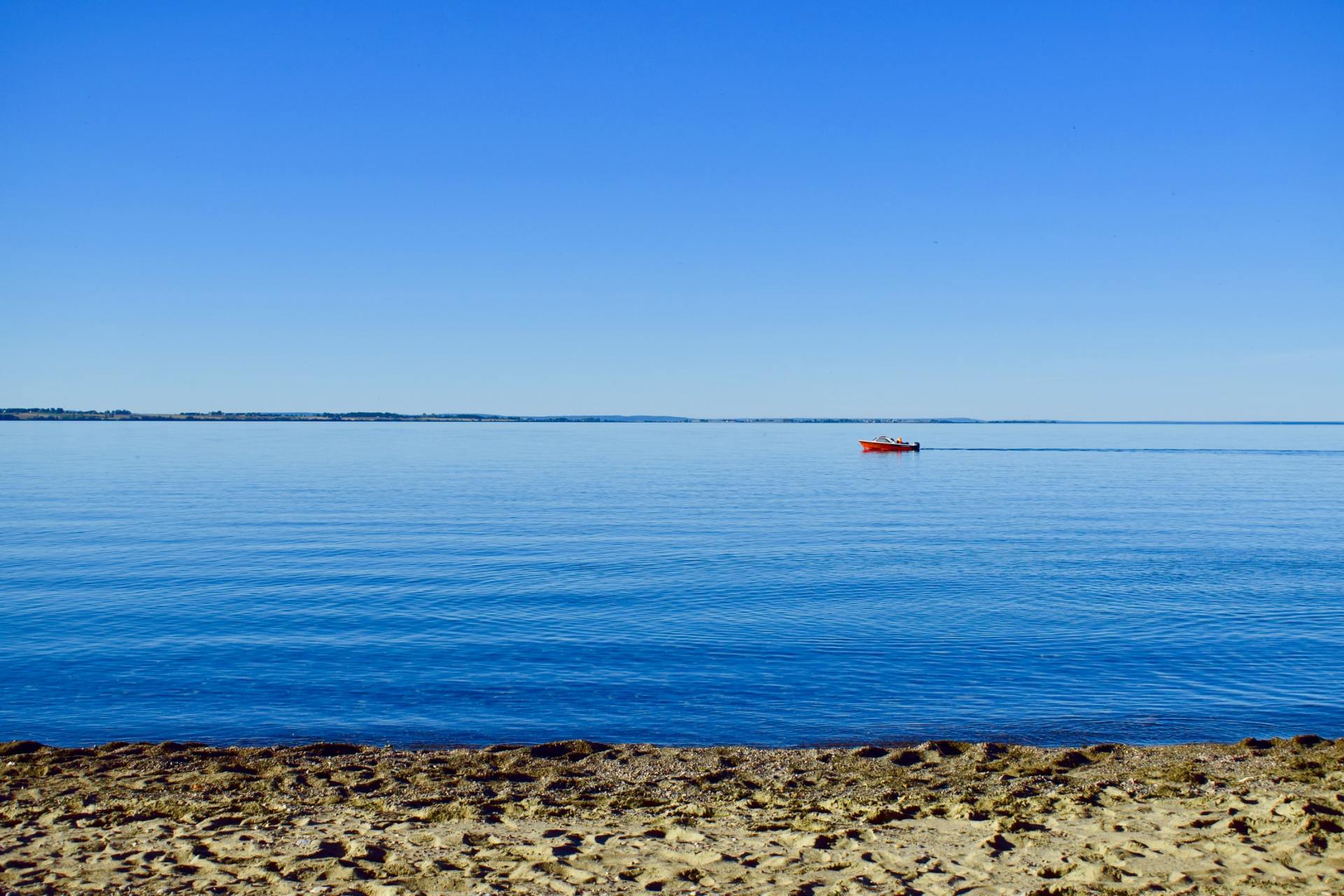
One of Europe's biggest freshwater lakes. VÄTTERN BELOW THE SURFACE (Documentary 2020) Lake Vättern Below the Surface This documentary brings forth new perspective of Swedish water management. This film is an example of how water management can be risking human health and water quality, not only in Sweden but in countries worldwide. The problem is most of the countries in the western world does not have a functioning water management, nor do they have field personnel or fully employed environmental diving inspectors checking the ecosystem below the surface. Eurofins, a major company in Europe testing for different toxins and substances, can today only provide data on approximately 300 substances. From a average sewer plant there can be an outlet of some 10 000 to a 100 000 chemicals. We cannot see chemicals, but we can see the effects when we dive. What we see are dead ecosystems at the bottom of lakes with algal blooms containing toxic cyanobacteria as a result of chemical discharge. These cyanotoxins are today linked with human diseases such as ALS, Alzheimer's and Parkinson, to name a few. The problem is we don't really know how many toxins there are in our drinking water, or in the food we eat. The film Lake Vättern Below the Surface documents this issue. The international community must begin to reevaluate how we are going to solve this problem. After you view this film some things to consider and discuss are the following topics below. These challenges we now see can easily be solved in a first stage. What is needed is to assess the level of toxic discharge there is in national water systems. We need to begin by digitizing all outlets and create an overview map of the difference in toxins found in the water systems. Then an overall plan can be tailormade made for the infrastructure in country and for the local communities. A common sense example is that placing heavy industrial complexes upstream freshwater lakes which are utilized for drinking water is not a good idea. Sweden has already solved the first stage and created a database showing the direction all water flow in the country, meaning the surface water and most of the groundwater. If a lorry with toxic cargo tips over we can follow the contamination downstream in the database and see how it affects the water system. What the country of Swedish has not realized is that we have laid the foundation for a much bigger database. Within this system we have the possibility to register the toxic discharge that is currently approved by the government. We can for example register into the database the estimated 6,000 covered dumping sites currently leaking toxic wastewater, as well as our thousands of sewer plants, industrial outlets, and the dumping locations of munition materials by Armed Forces. This can be done to provide an overview to assess the impact of the chemical outlets to our water systems. The governments have the necessary data to make this happen. This can be an effective tool to control and stop to sensitive ecosystems and keep our citizens and future generations safe. The next two steps involve diving and field personnel to survey the water systems and assess the state of ecosystems below the surface, in each country. Most important is to begin researching the methods for sampling the thousands of chemicals in our water. If we do not stop the dissemination of toxic chemicals today it could take years into the future before we solve what will become an even greater challenge to provide clean water, which is safe to drink. We need to know what our water contains to keep people, animals and the ecosystem out of harm's way. Water security will also be a major challenge for governments worldwide with the challenge of climate change. Green Cross Sweden, together with Green Cross international, are in talks with the water researchers behind this film to create a pilot studies in several countries that can address this issue or water management internationally on an global scale. Together we can change the world towards a sustainable future. - Andreas Vos Board Member, Green Cross Sweden
